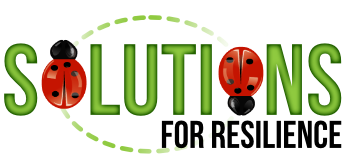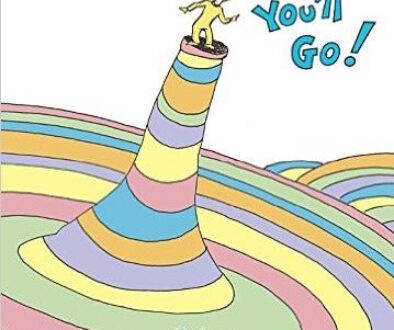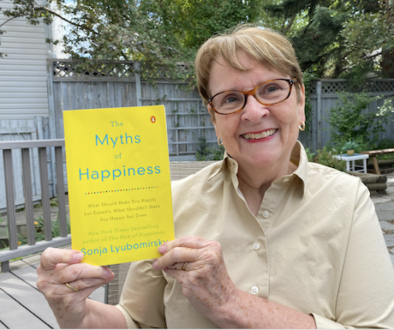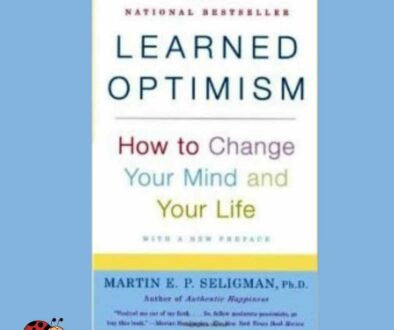The Resilience Road Map – Book Summary
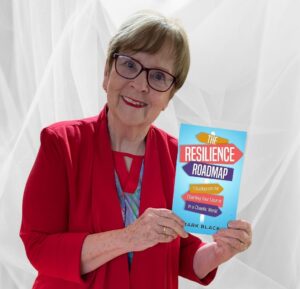
This blog/article is a summary of Mark Black’s book, The Resilience Road Map: 7 Guideposts for Charting Your Course in a Chaotic World.
It is a privilege to be part of Mark Black’s circle of friends. I know him to be a man of short stature, yet he holds a high standing in my eyes and within the Canadian professional speaking community. He is also well respected by the international audiences to whom he delivers his message on resilience.
The Resilience Road Map Overview
Throughout the book, Mark describes his journey of facing life-threatening events. These include spending much of his childhood in hospitals due to heart issues. As a young adult, his dreams were curtailed by the necessity of receiving a heart and double-lung transplant.
Mark enriches our reading by providing examples of resilience heroes such as Terry Fox, who averaged a marathon a day while walking across Canada with cancer to raise money. He also includes stories of Martin Luther King, the founders of Starbucks, and Helen Keller. Research lends The Resilience Road Map credibility and supports Mark’s suggested strategies and self-exploration exercises.
I view Mark’s work as a structured deep dive into the exquisite and time-tested philosophy of the Serenity Prayer. This prayer was used in 1932 by Dr. Reinhold Niebuhr of the Union Theological Seminary in New York City and was later used extensively by Alcoholics Anonymous. I suggest that we would all be wise to embrace it:
God, grant me the serenity to accept the things I cannot change, the courage to change the things I can, and the wisdom to know the difference.
Basic Concepts
In The Resilience Road Map, Mark, provides a step-by-step action plan for strengthening resilience and putting it into action. He prepares the reader for inevitable challenges and then offers a roadmap to deal with them.Mark’s structure is based on his seven guideposts. Here is a brief description of the seven:
7 Guideposts for Charting Your Course in a Chaotic World
- Acknowledgment: Denying our challenges is counterproductive. I totally agree and often say, “A problem named is fifty percent solved.”
- Agency: To demonstrate resilience, we must believe in our personal power, stay committed to our goals, and take charge of our lives. Mark introduces the Personal Agency Matrix, a tool that helps us understand where a challenge falls on the spectrum from “I control” to “I have influence” to “I have no control.”
- Acceptance: Personal power involves the choices we can make for ourselves, and we can often influence others. However, for the sake of our mental health, there are people, situations, and aspects of life that we need to accept as they are.
- Adaptation: Change is inevitable, and flexibility and adaptability are essential components of resilience.
- Aspiration: While Mark doesn’t specifically use the term “life purpose,” that’s what I thought of when I read his remarks about having a reason to sustain our efforts to move forward.
- Action: Resilience needs to be demonstrated by taking steps forward.
- Assessment: This step is often overlooked in discussions about resilience. Mark emphasizes the importance of checking whether we’re investing our time and energy in the right goals. Ask yourself, “Am I heading in the right direction?”
The Biggest Mistake
After outlining his seven guideposts, Mark offers a valuable reminder in a section titled The Biggest Mistake. This intriguing title prompts readers to recognize the importance of human connection. We need support and community to thrive; resilience requires relationships.
Twenty-four Mark Black Quotes from The Resilience Road Map
- “Resilience is the ability to adapt to, thrive in, and grow through challenge and change.”
- “So, if resilience isn’t about “bouncing back,” what is it about? It’s about growing through challenge and change.”
- “Resilience is about effectively coping with our failures while enjoying life in the process.”
- “I’ve completed four marathons. When people learn that I’ve run 42.2 km four different times and that I’ve done so with two transplanted lungs and a transplanted heart, they’re amazed.”
- “I believe resilience will be the single most important and valuable skill set of the next century. What skilled trades were to the early twentieth century, and what knowledge and information were to the last two decades, resilience will be for the next quarter-century.”
- “We have significant influence over what happens to us and should do whatever we can to give ourselves and those we care about the best opportunity to succeed. However, the reality is that there are still many parts of our work and personal lives over which we have no control.”
- “To be resilient, we must learn to let go of what we can’t control so that we have the resources at our disposal to control the things we can.”
- “Typically, the most resilient people are those who execute small, consistent efforts over a long period of time.”
- “. . . it’s so important to periodically take the time to assess where we are and where we’re going.”
- “If we want to build our resilience capacity, facing adversity is non-negotiable. We can’t learn to swim by learning about swimming, watching swimming videos, or reading about swimming techniques.”
- “Resilient people know the shortest route to getting through a challenge is walking straight through it. They don’t shy away from obstacles and uncomfortable situations, because they know they’ll eventually be forced to face them and prolonging the time until they do will likely make things worse.”
- “By acknowledging reality, you take an active role in your own growth and development and can work to create better results.”
- “By shining a light on our challenges we can reduce or even eliminate our fears and prepare ourselves to deal with them.”
- “One of my favourite quotes comes from author and coach Marie Forleo who said, Everything is figureoutable.”
- “Agency . . . it’s simply the word I use to describe your confidence in your ability to cope with whatever the world throws at you.”
- “Unless and until you are able to accept the things you cannot change, you will never be able to move forward.”
- “Everything that affects our lives falls into one of three categories: something we control; something we influence; or something we have no control over at all.”
- “When you shorten the gap between oh no and now what? you will have more time and energy to direct at solving the challenges you face.”
- “To adapt well requires trying new strategies. Some of those strategies will almost certainly fail. Learn to see this as part of the process.”
- “We all need a clear and compelling aspiration. Not just because we want to succeed or be productive but because, at a fundamental psychological level, we need one to survive.”
- “Get clear on why you want what you want. Having a why that matters deeply to you will fuel your efforts until you reach your goal.”
- “Small and consistent action over time will create results. Most people fail to realize their goals simply because they lack the consistency of continued effort and the patience to see the results.”
- “To be great at making the right adjustment at the right time, you have to be willing to accept the possibility that your current course of action may not be right.”
- “We all need each other. We need connections. We need support. Even the strongest and most independent person you know needs at least one other person they can rely on. You can’t be resilient without it.”
If you access a copy of The Resilience Road Map, please consider swinging back and sharing your favorite Mark Black quote, an exercise that helped build your resilience, or any aspect that inspired or helped you.
Please check out these related posts:
- How to Strengthen Your Internal Locus of Control
- Learned Optimism by Martin Seligman — Book Summary
- The Resilient Mind: Achieve Success by Building Mental & Emotional Toughness

